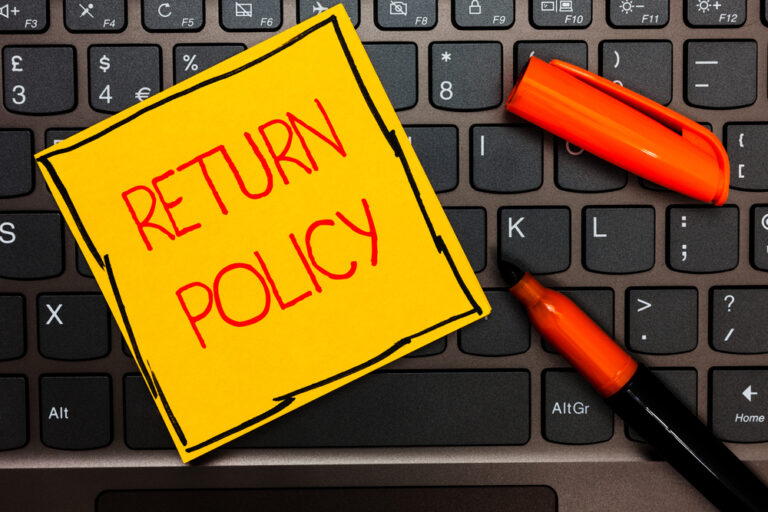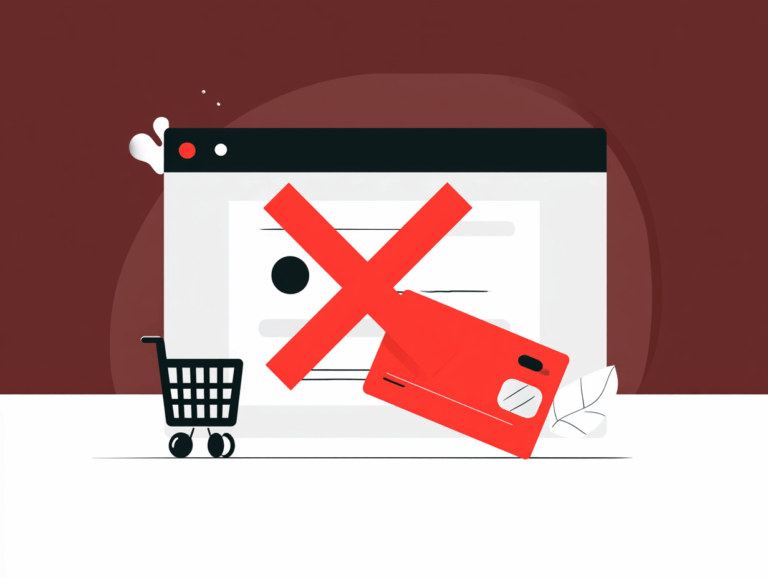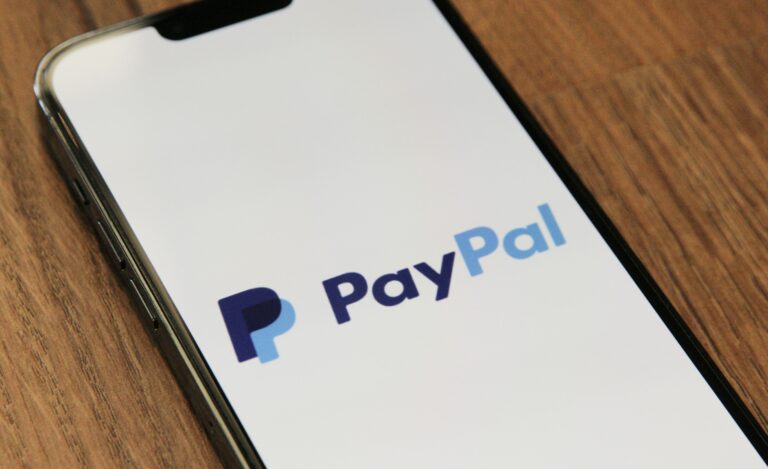You’ve built a thriving Shopify store, but that extra 1% fee for using a third-party processor stings every time you see it on your monthly statement.
If you’re processing thousands in sales each month, that seemingly small percentage adds up to real money walking out of your business.
Legally, you don’t have to accept this fee as the cost of doing business. Many business owners use legitimate ways to stay on Shopify while routing payments through their preferred processors – all without violating Shopify’s terms of service.
Let’s dive into the strategies that will help you keep more of your hard-earned revenue.
NEGOTIATE YOUR PROCESSING RATE
The Shopify 3rd-Party Processor Fee (And Why It Exists)
Shopify charges this additional fee when you process payments through any gateway other than Shopify Payments. They position this as an incentive to use their in-house payment solution, which integrates seamlessly with their platform and generates additional revenue for Shopify.
Here’s something many merchants miss: Shopify is NOT the same as Shopify Payments.
Shopify provides the e-commerce platform, while Shopify Payments serves as their payment service provider (PSP). You can absolutely use Shopify’s platform while processing payments elsewhere; you just need to get strategic about it.
CONNECT WITH A BETTER PROCESSOR
Method 1: Payment Links
This approach works brilliantly for businesses that interact directly with customers through email, phone, or social media.
How It Works
Instead of processing payments directly through your Shopify checkout, you send customers payment links that connect to your preferred payment gateway. You can deliver these links via:
- Email campaigns
- SMS messages
- Social media direct messages
- Phone conversations
When This Makes Sense
Payment links excel for:
- High-ticket items where personal service matters
- Custom orders requiring consultation
- B2B sales with established relationships
- Subscription renewals and upsells
Here, you maintain complete control over the payment experience while avoiding Shopify’s additional fee entirely.
Method 2: Off-Site Checkout Pages
This hybrid setup lets you have your cake and eat it too.
The Setup
You keep Shopify Payments active for your standard e-commerce transactions but redirect customers to hosted checkout pages for specific scenarios:
- High-risk products that might trigger Shopify Payments’ strict risk policies
- High-ticket items where the 1% savings justify the extra step
- Specialized products requiring different payment terms
Implementation Tips
Create clear customer journeys that feel natural. Instead of jarring redirects, frame the off-site checkout as a “secure payment portal” or “specialized checkout” for premium items. Most customers won’t question this if you present it professionally.
SETUP YOUR OFF-SITE CHECKOUT PAGES
Method 3: Headless Shopify Setup
For tech-savvy merchants or those with development resources, headless commerce provides nearly unlimited flexibility.
What This Involves
You use Shopify’s Storefront API to manage products and inventory while building a completely custom frontend that integrates with your preferred payment processor. This approach requires:
- Development expertise or budget for developers
- Ongoing maintenance and updates
- Deep understanding of API integrations
The Payoff
Once implemented, you gain complete control over the customer experience and payment processing while still leveraging Shopify’s robust backend infrastructure.
Method 4: Channel Separation Strategy
This method works exceptionally well for omnichannel businesses.
The Framework
- Keep Shopify Payments for your website visitors (standard e-commerce traffic)
- Route other channels to your preferred processor:
- Call center sales
- Email campaign responses
- Social media conversions
- In-person sales
Why This Works
Website visitors expect the streamlined Shopify checkout experience, while customers from other channels often anticipate a different sales process anyway. You optimize each channel for its specific context.
A FASTER, SAFER CHECKOUT EXPERIENCE
Our #1 Rule: ALWAYS Have a Backup Processor
Here’s something every merchant needs burned into their memory: ALWAYS HAVE A BACKUP PROCESSOR.
Payment processors can shut down accounts with little warning, especially if you’re in a higher-risk industry. Whether you use Shopify Payments or any other provider, maintain relationships with at least two processors who understand your business model.
This redundancy protects your business from:
- Sudden account holds or closures
- Technical outages
- Policy changes that affect your business
- Seasonal capacity limits
Negotiating Better Rates (Yes, It’s Possible)
With Shopify Payments
Despite their flat-rate reputation, Shopify does negotiate with high-volume merchants. If you process significant monthly volume with low chargeback rates and have someone on the inside, reach out. You might secure:
- Reduced processing fees
- Lower chargeback fees
- Improved hold policies
With Alternative Processors
Third-party processors often offer more flexibility in pricing negotiations, especially for:
- Consistent monthly volumes
- Low-risk business models
- Long-term commitments
- Multi-channel processing needs
Understanding Risk Tolerance
Shopify Payments shares DNA with Stripe, PayPal, and Square; they all maintain conservative risk appetites. If your business operates in industries these processors consider risky, you’ll face ongoing challenges regardless of your actual risk profile.
Industries that struggle with mainstream processors include:
- CBD and wellness products
- Supplements and nutraceuticals
- High-ticket coaching and consulting
- Cryptocurrency-related businesses
- Adult entertainment
- Travel and event ticketing
For these businesses, finding processors that specialize in your industry, even at slightly higher rates, often proves more profitable long-term than constantly battling account restrictions.
CONNECT WITH PROCESSORS THAT BACK YOUR BUSINESS
Making Your Decision
Choose your approach based on:
Your Technical Resources
- Limited tech skills? Focus on payment links and off-site checkouts
- Strong development team? Consider headless implementations
Your Sales Channels
- Purely e-commerce? The 1% fee might be worth the simplicity
- Multi-channel business? Channel separation offers the best of both worlds
Your Risk Profile
- Low-risk products? Negotiate with Shopify Payments first
- Higher-risk business? Prioritize finding specialized processors
Taking Action Today
Don’t let analysis paralysis cost you money. Start with the method that matches your current resources and scale from there. Even implementing payment links for high-ticket sales can immediately improve your margins while you plan more comprehensive changes.
Your payment processing strategy directly impacts your bottom line. Take control of those costs, maintain backup options, and watch your profit margins improve month after month.
The 1% fee isn’t inevitable, it’s optional. Make the choice that puts more money in your business account where it belongs.









